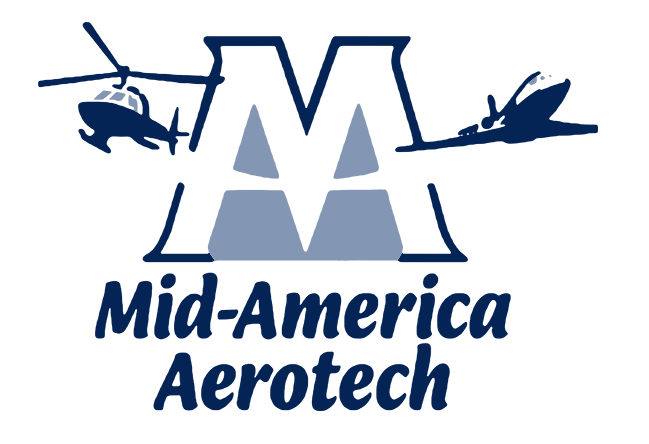A Complete Guide to the Types of Corrosion in Aircraft
Aircraft are prone to corrosion in various areas, and this corrosion can also manifest in several different ways. It is important to know the different corrosion types and how to repair or prevent them to maintain a safe and solid aircraft.
The following paragraphs will briefly outline how these corrosion types differ, what to look for, and possible tips regarding their prevention or repair.
Keep reading to learn more about the different types of corrosion in aircraft and what you can do about them. Then contact Mid-America Aerotech to learn more about repairing and preventing these episodes of decay using advanced Cold Spray technology.
Surface Corrosion
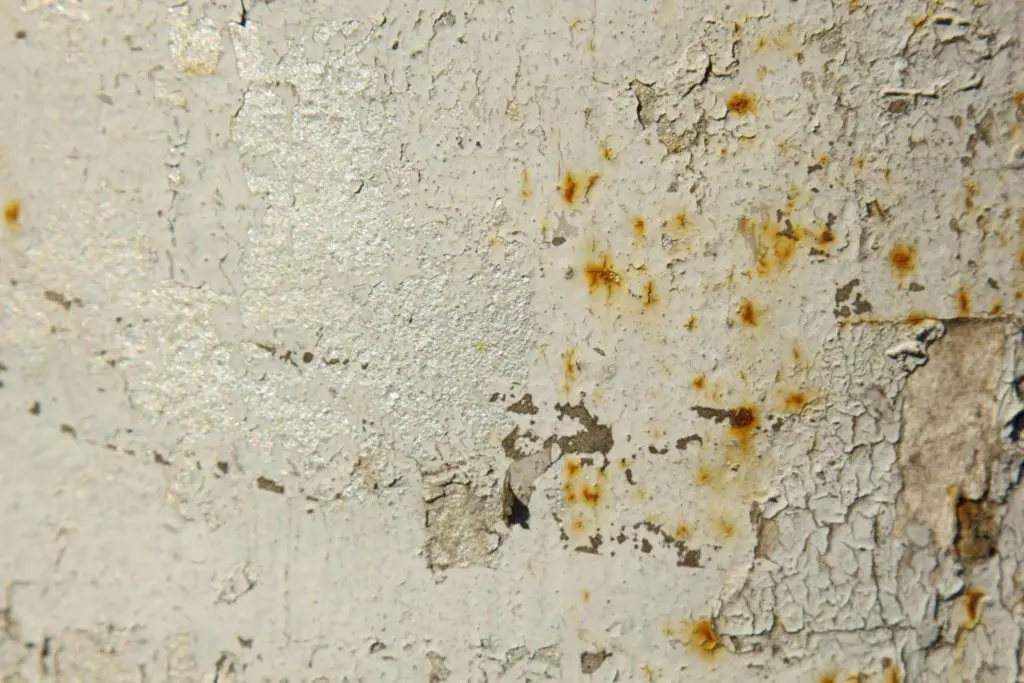
The most common type of metal degeneration you can find on an aircraft is surface corrosion. In general, the metal surface will appear worn, scratched, or lightly pitted. On some occasions, it presents as small blisters where the paint or plating is lifting off the underlying metal.
Since it is the most common form of wear, it is important to be aware of what it looks like and inspect for it frequently.
Typical corrosion prevention techniques include:
- Preventing moisture buildup
- Removing salt and other damaging buildups
- Adding a protective coating or corrosion inhibitors.
Pitting Corrosion
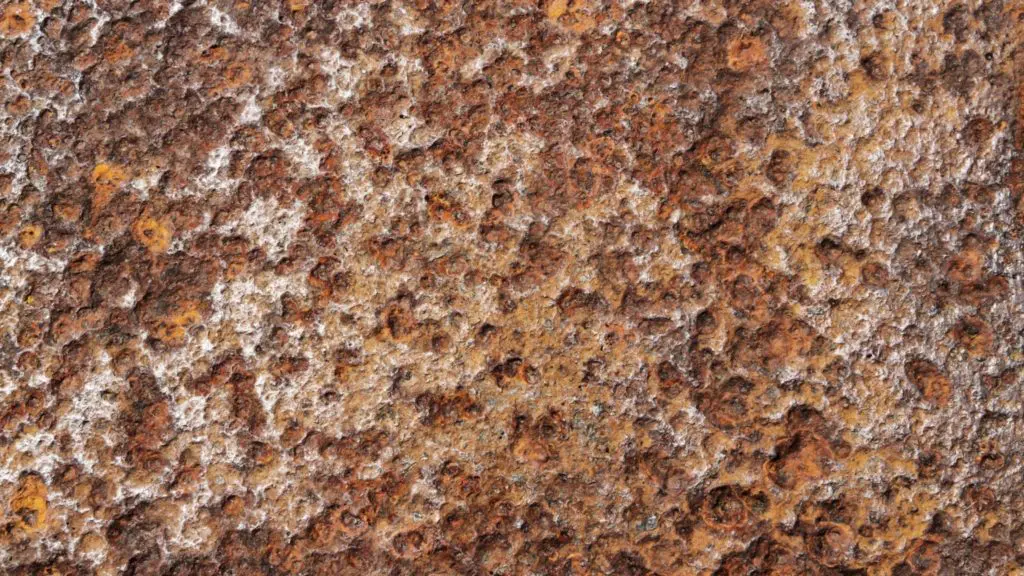
While less common than surface corrosion, pitting corrosion is infinitely more dangerous and destructive. The beginning stages appear in the form of a powdery deposit left on the metal surface. Cleaning off the powdery residue will reveal pits and holes.
However, these pits can penetrate deeply into the surface of the metal, resulting in significantly more damage than appears to the naked eye. This type of wear can also lead to metal fatigue and additional decay like stress corrosion cracking.
Don’t be fooled by the minimal surface appearance. Address this type of wear quickly.f
Filiform Corrosion
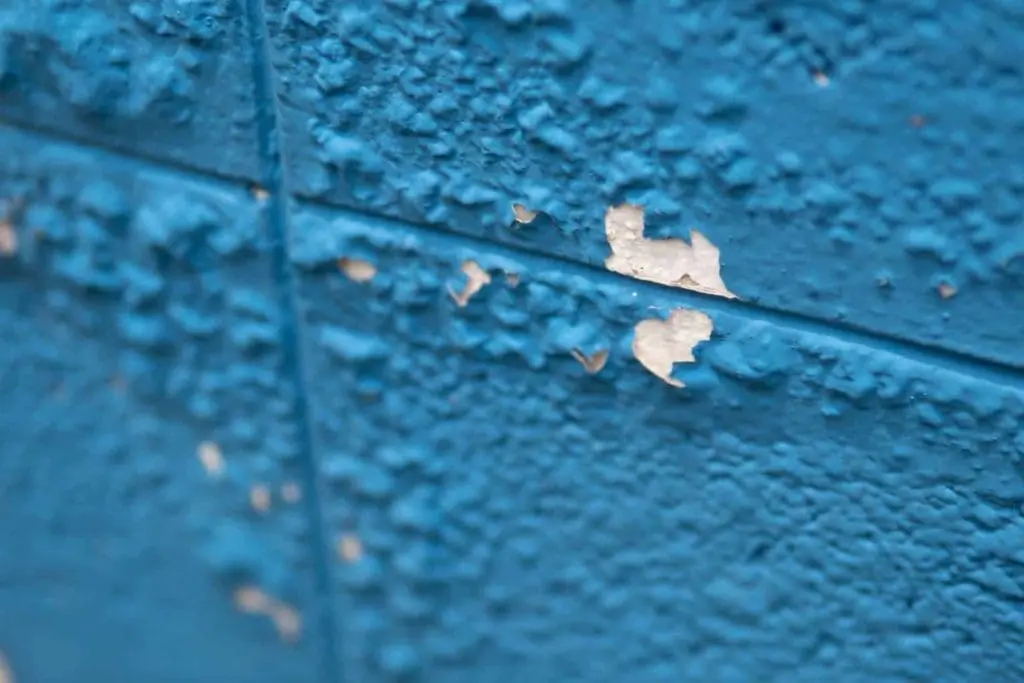
This type of corrosion is more commonly found on painted steel and aluminum surfaces. The corrosion appears almost worm-like as it forms tunnels filled with the corroded material underneath the bulging painted coating. This metal decay occurs in high humidity environments with acidic surfaces.
You can remove filiform corrosion with abrasive blasting. You can avoid developing this particular type of decay by:
- Removing acidic contaminants from the aircraft surface,
- Using coating systems designed to resist this type of oxidation, and
- Storing your aircraft in areas with less than 70 percent relative humidity.
Dissimilar Metal Corrosion
Different metal types coming into contact with a conductor cause dissimilar metal corrosion (also known as galvanized corrosion). This type of corrosion can occur where more common surface corrosion is not expected and can form out of sight of normal visual inspections.
Watch for mottled patches in areas where insulation between the surfaces may be damaged or absent.
To prevent dissimilar metal corrosion,
- Watch for uninsulated contact between different metals,
- Be careful not to introduce other metals by using steel cleaning products on non-steel components, and
- Avoid using the same abrasive pad on two disparate metals to prevent metal particle transfers.
Intergranular Corrosion
Intergranular corrosion can be evidenced as a form of filiform corrosion if not treated. It is also a result of an electrochemical attack that affects metals that lack uniformity due to improper manufacturing heating and cooling processes.
Make sure to source components only from companies with high-quality standards.
Exfoliation Corrosion
A progressive form of intergranular corrosion, exfoliation corrosion occurs along the grain boundaries. You will need to have the surface examined under a microscope to confirm the presence of this type of metal decay.
Prevention is the best option for stopping this degradation in its tracks:
- Source low carbon grade steel components
- Use steels alloyed with titanium
- Apply heat treatments after welding
Make sure to source components only from companies with high-quality standards.
Concentration Cell Corrosion
This type of corrosion occurs when two metals (even of the same kind) meet and corrode. There are several different kinds of corrosion under the heading of concentration cell, one caused by water, one caused by dissolved oxygen, and one caused by passive films such as an oxide.
It’s important to consider how each component of your aircraft may interact with other components. Even parts with coatings designed to prevent corrosion can lead to corrosion if used improperly.
Maintain clean surfaces and apply proper protective coatings to stay ahead of this type of metal damage.
Stress-Corrosion or Cracking
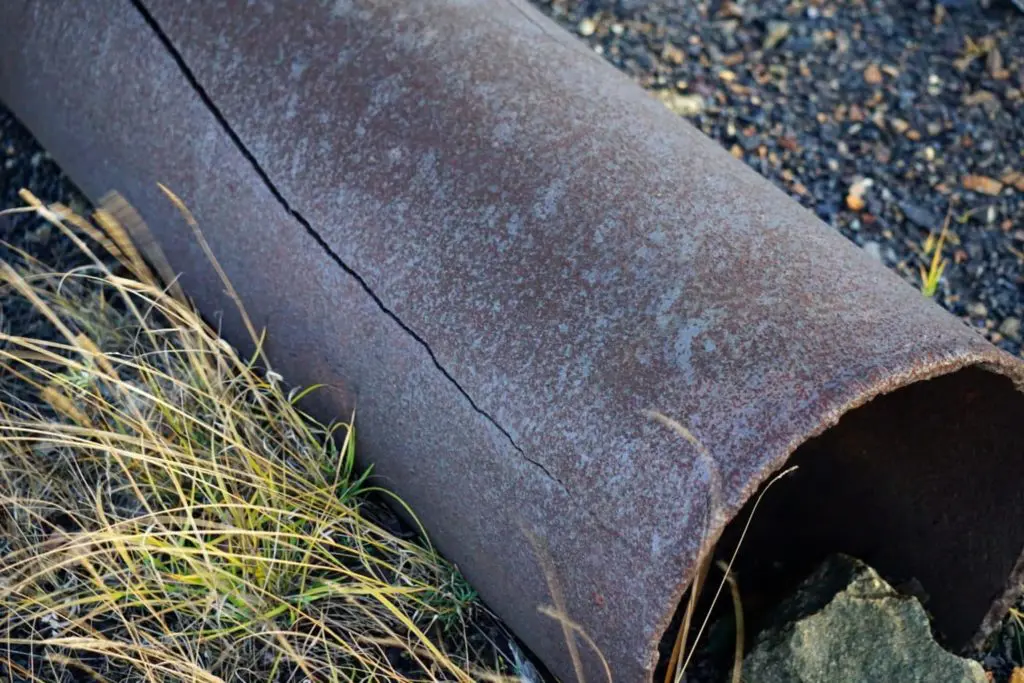
Stress-corrosion or cracking is exactly what it sounds like — cracking caused by stress from temperature variances, mechanical loading, or chemical exposure. These stresses can be unintentionally designed into the components due to welding, bolting, or tolerance mismatches.
While it can be hard to detect, some alloys are more prone to this form of corrosion, such as magnesium in humid environments or steel and aluminum in high-salt level environments.
Galvanic Corrosion
This occurs when two different metals experience electrical activity in close contact with each other. This kind of corrosion can happen quickly or slowly depending on how much activity is occurring and how large the parts are in relation to each other.
You can identify this galvanic corrosion by a buildup of corroded material where the two different metals meet. There are several ways to prevent this type of corrosion:
- Separate the materials with a spacer,
- Insulate the two metals from each other,
- Use metals with similar corrosion potentials, or
- Apply wear-resistant materials to both pieces.
Fretting Corrosion
When two metal surfaces, normally considered relatively static, rub against each other, fretting corrosion can occur. It can cause a mottled texture and pitting.
Keeping surfaces, regardless of the amount of expected movement, well-lubricated can alleviate the formation of fretting corrosion or the advancement to fatigue cracking or failure.
Fatigue Corrosion
Exceeding the cyclic stress endurance limit of a metal in a corrosive environment results in fatigue corrosion. A component undergoing cyclic stress will eventually crack. That cracking, and subsequent failing, will be accelerated in a corrosive environment.
Corrosion fatigue can be prevented by:
- Sourcing parts made from corrosion fatigue-resistant alloys,
- Minimizing vibration, and
- Using coatings to delay the fatigue process.
Prevent and Repair All Types of Corrosion in Aircraft
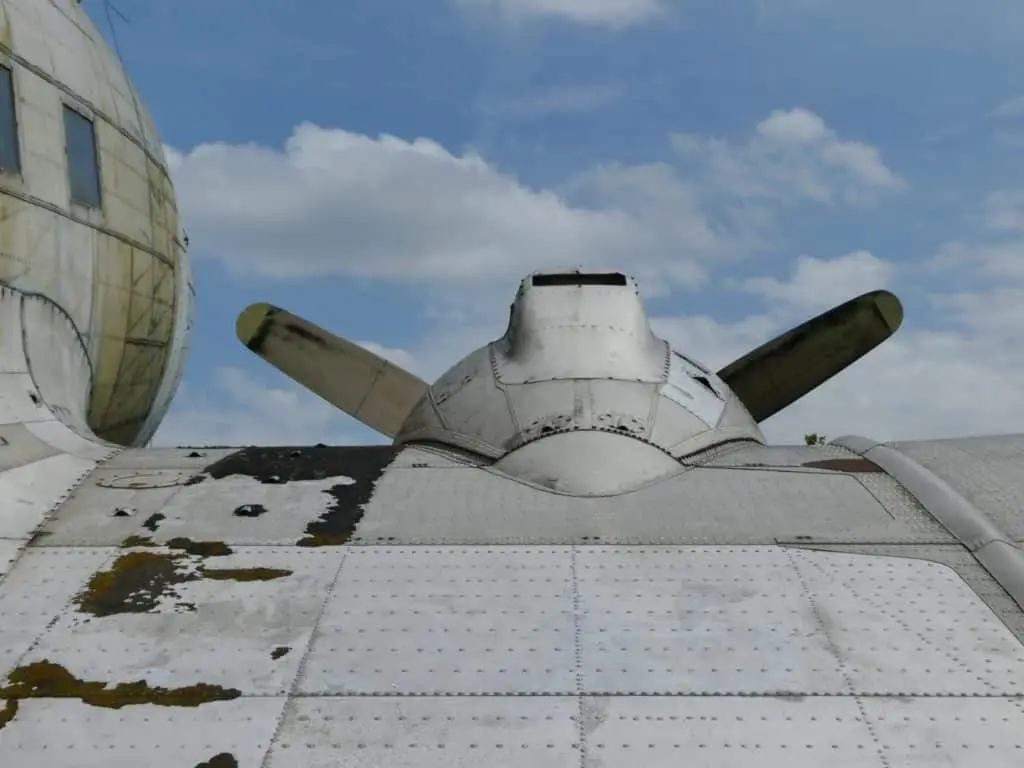
Now you know more about the many types of corrosion in aircraft. It can all be a bit overwhelming, but there are experienced personnel ready to help.
Mid-America Aerotech provides fast, market-competitive, and safe commercial aircraft repairs to help you avoid or correct corrosion issues. Contact us today to find out how we can apply cutting-edge Cold Spray technology to repair and prevent corrosion on your aircraft surfaces and components.
